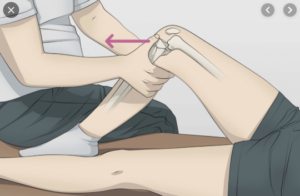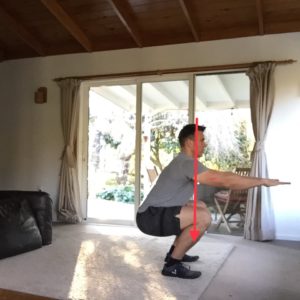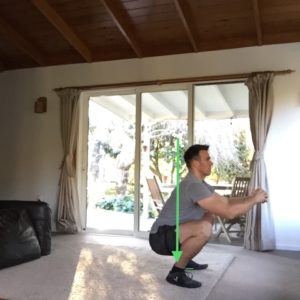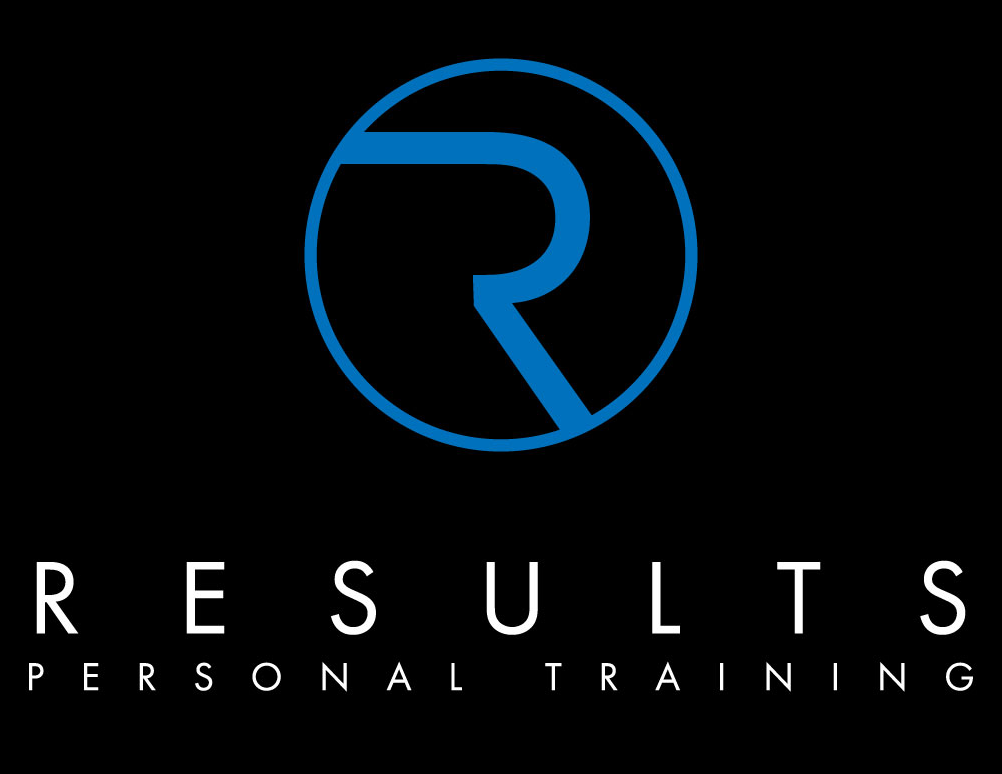Happy Monday All,
Hope you had a great weekend.
In today’s post I wanted to clear up a myth that annoys me immensely.
Myth – Don’t squat below parallel
The goal of the squat is to squat ‘your’ full range of motion. If you are not doing that, then it’s a crime.
Now before I go on a rant, I want to say that if you don’t have the range of motion that allows you to squat past parallel due to a mobility or structural issue then that’s a different story altogether
BUT if you are choosing not to squat full depth because you think it’s safer then you are sorely mistaken
Have you ever watched kids learn to stand. After the crawling phase they hop up into a deep squat which happens to be the same deep squat position (fetal) that their knee gets developed in the womb in.

In fact the deep squat was our primal ancestors resting position. They cooked, cleaned, worked and used the bathroom in the deep squat position.
You’ll be shocked to hear the links to things like diverticulosis, heart failure, and even colon cancer. This is partially because sitting on a toilet, and not squatting all the way down like we are designed to do, pinches off the end of the colon so your bowels are literally tied up and unable to fully release.
Getting back to training, the 90 degree squat is actually one of the most dangerous squat positions one could opt for.
The drawer test is used in the initial clinical assessment of suspected rupture of the cruciate ligaments in the knee. Essentially you lie down on a table bend your leg to 90 degrees and the physio pulls on it to feel for ligament damage. It is in this 90 degree position that the knee is in it’s most unstable position and if you’re trying to assess the integrity of the ligaments then you want the minimal interference from other structures

Can you imagine the forces on the knee when you descend to 90 degrees (most unstable point) followed by quick acceleration back up. That change of direction on an unstable knee is a red flag and an injury waiting to happen
Here is another reason why you should squat lower than parallel…
When you squat to 90 degrees the tendency is to put most of the force on the knees and those little knees simply aren’t designed to take that much force. When you squat lower than 90 degrees you actually load the hips and the hips have a ton of muscle around them including the glutes the strongest muscles in the body. A proper squat loads the hips and takes the knees for the ride.


The red and green lines are a representation of where the forces are in the given squat. As you can see in the parallel squat there is far more stress placed on the knees.
Conclusion
If you’re not using your full range of motion on the squat or any other exercise then not only are you not strengthening the joints, ligaments and tendons in the way they are designed to be, but you are putting yourself at greater risk of injury.
Simply put – if you don’t use it, you lose it.
Paul “deep squatter” and Krystie “squatty potty” Miller


Recent Comments